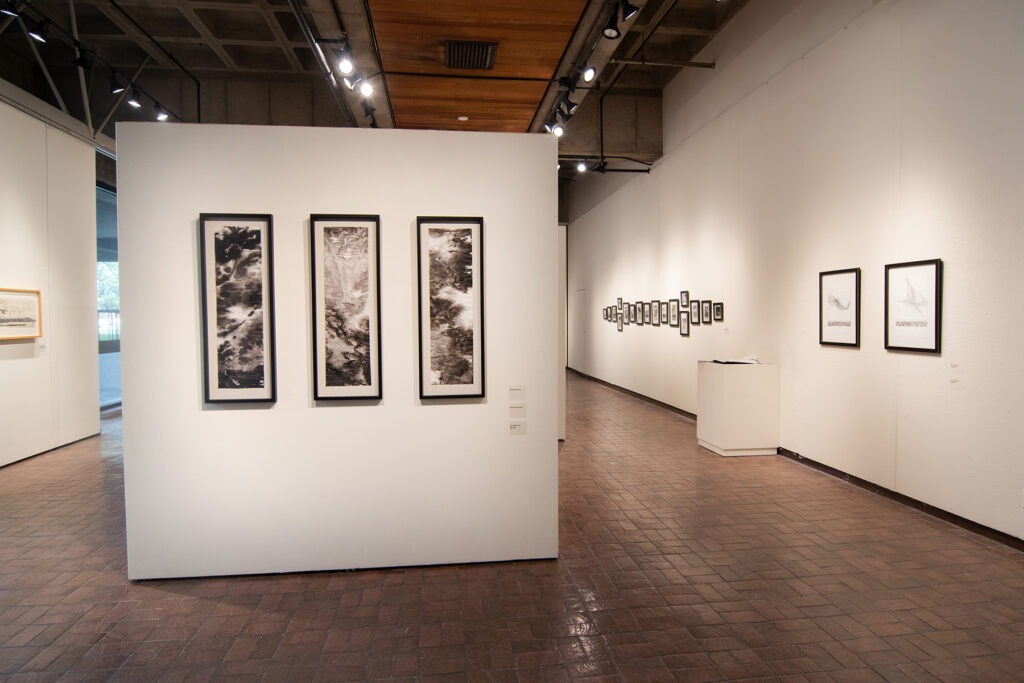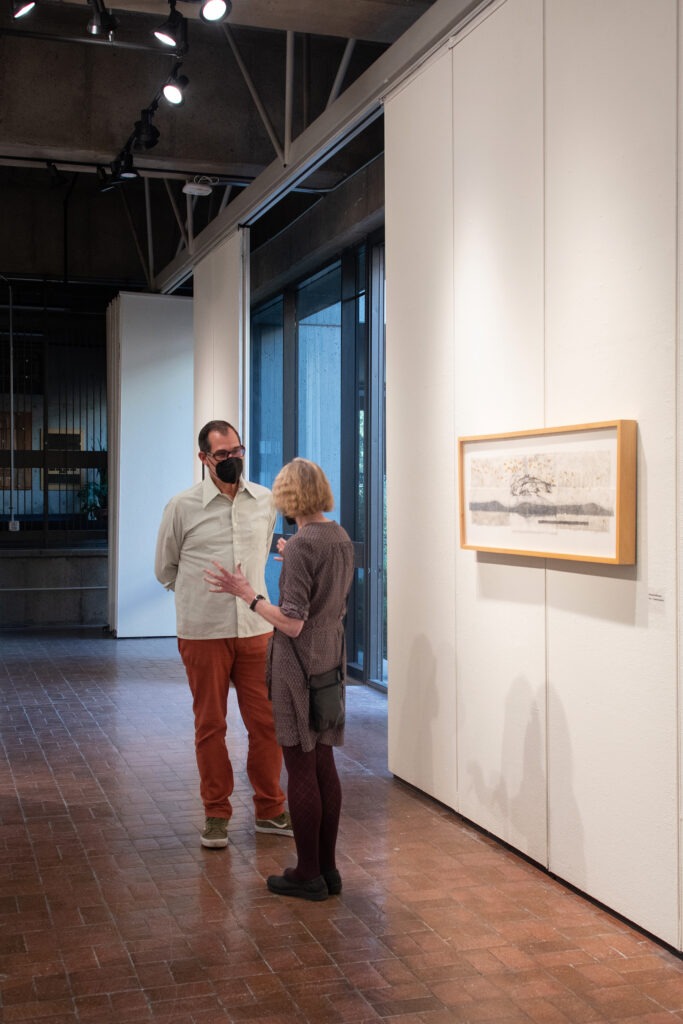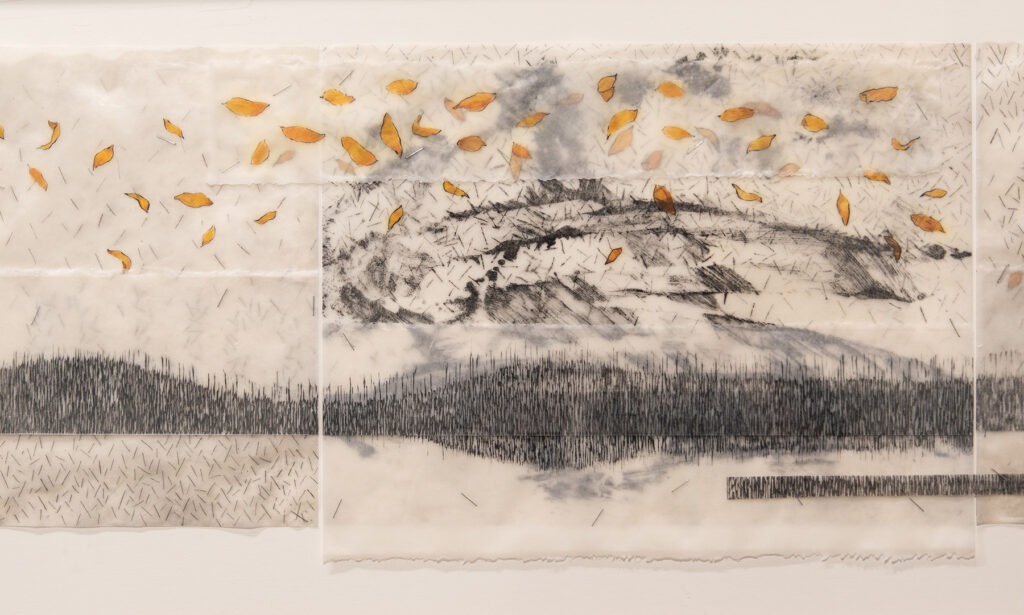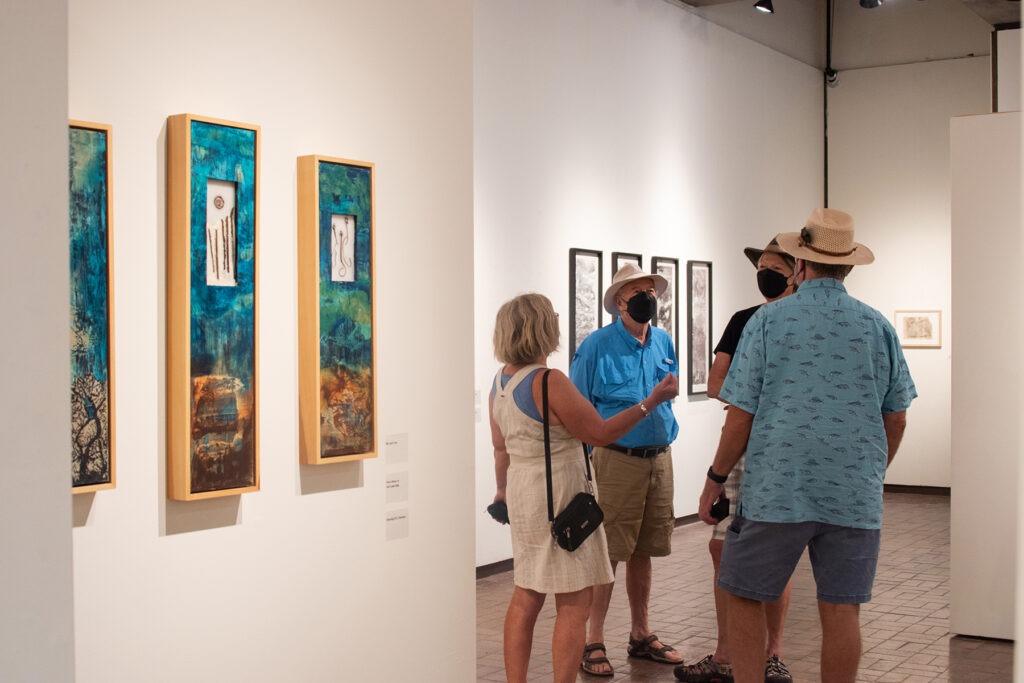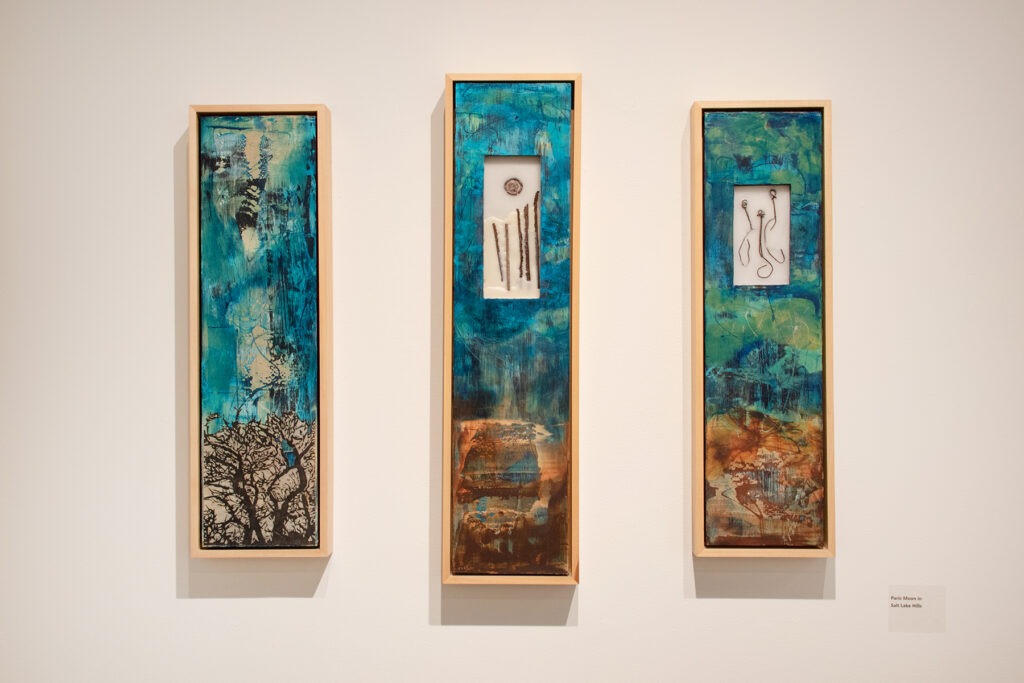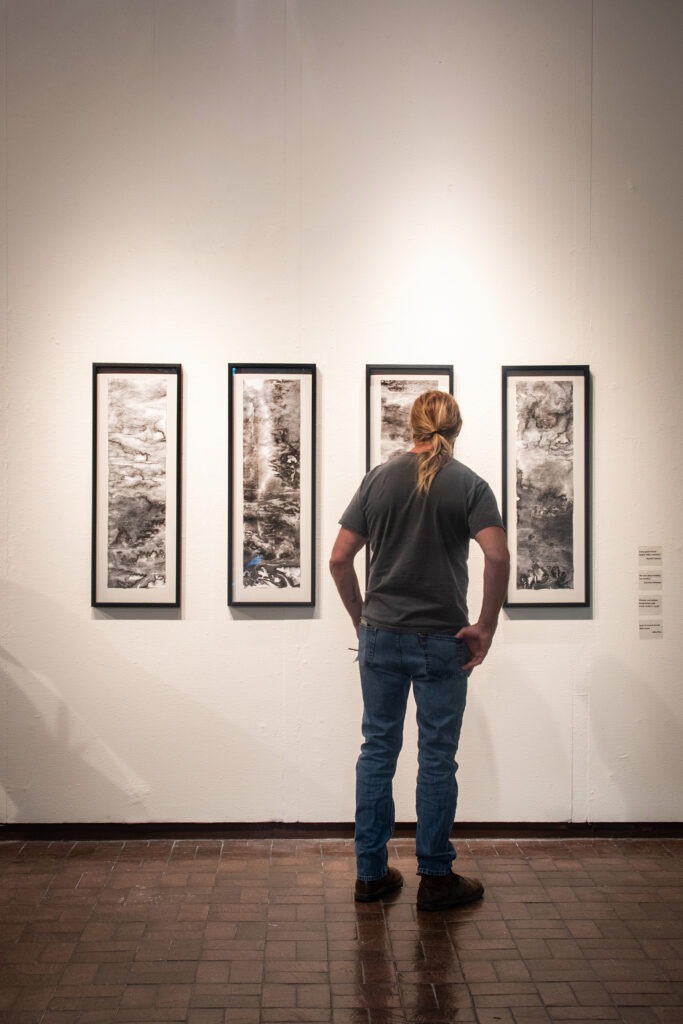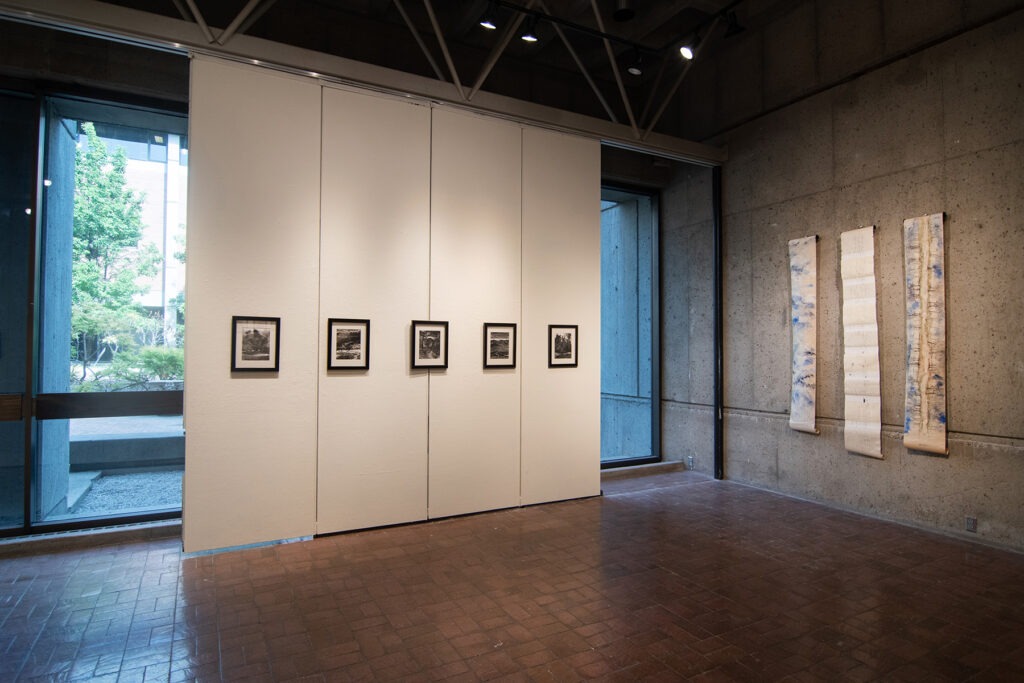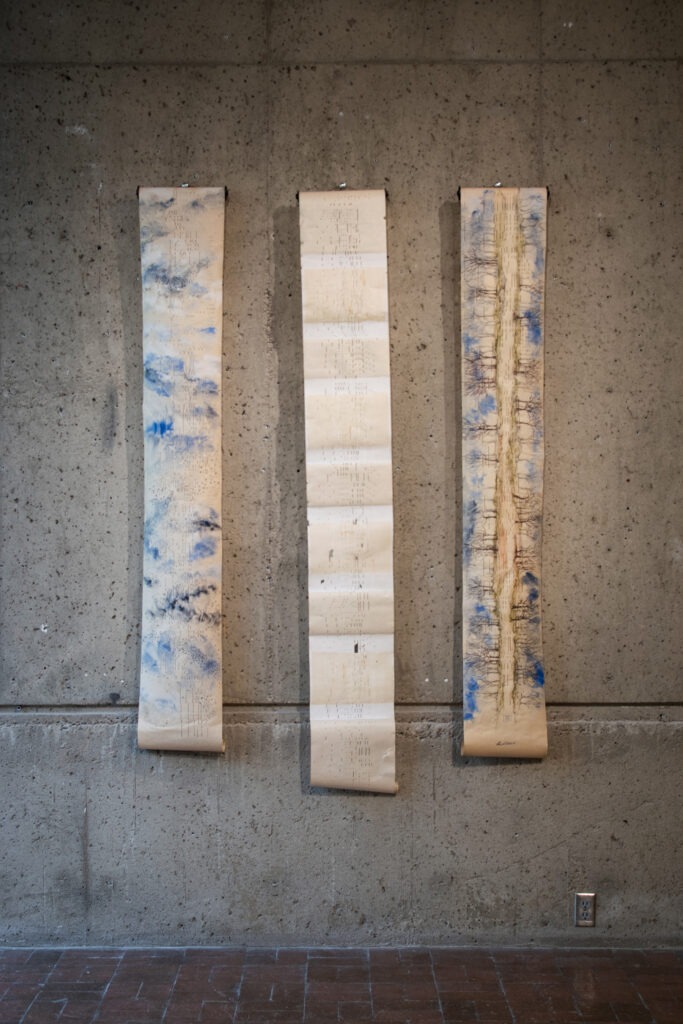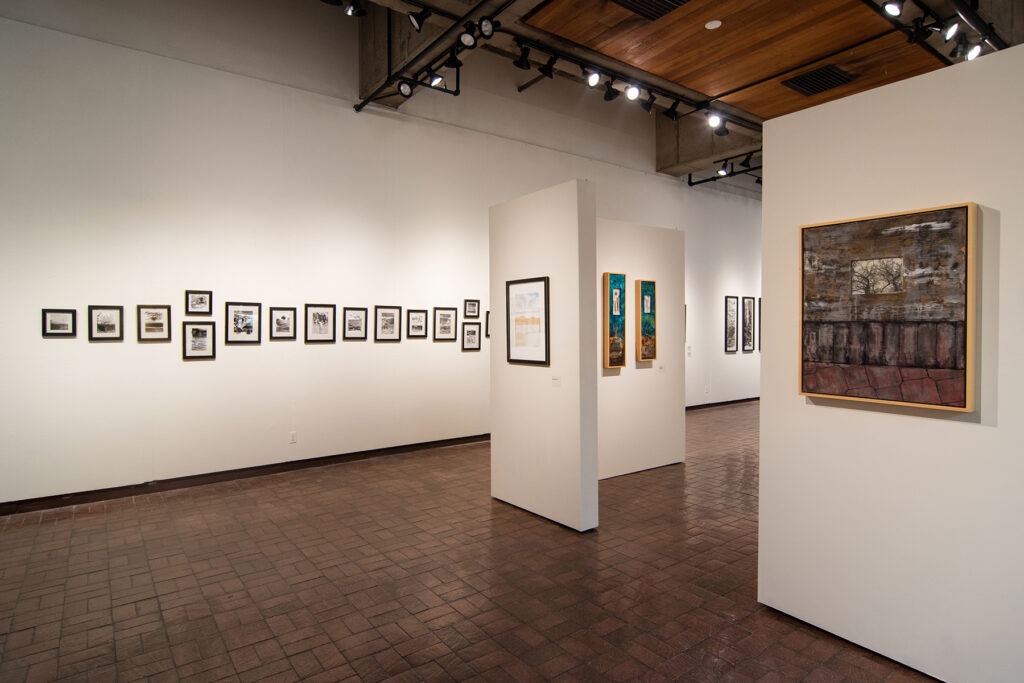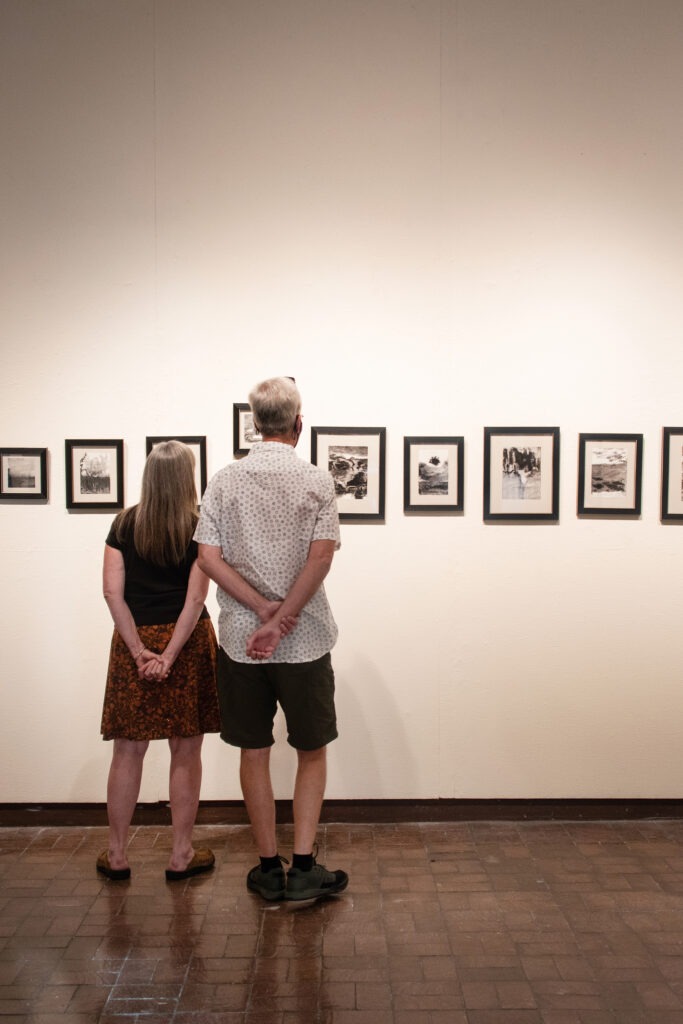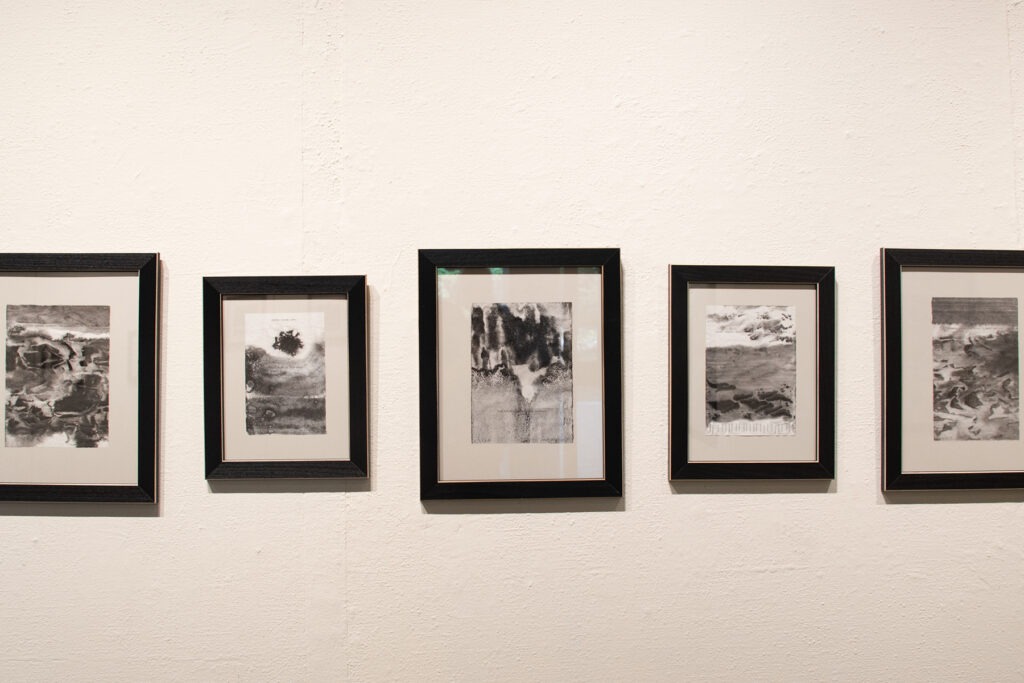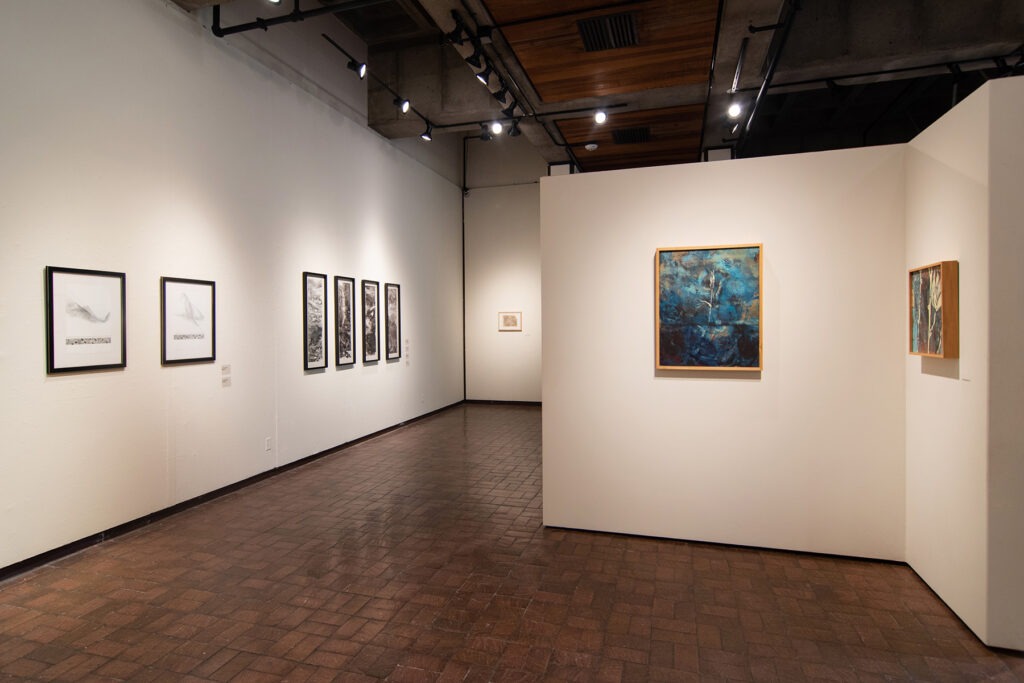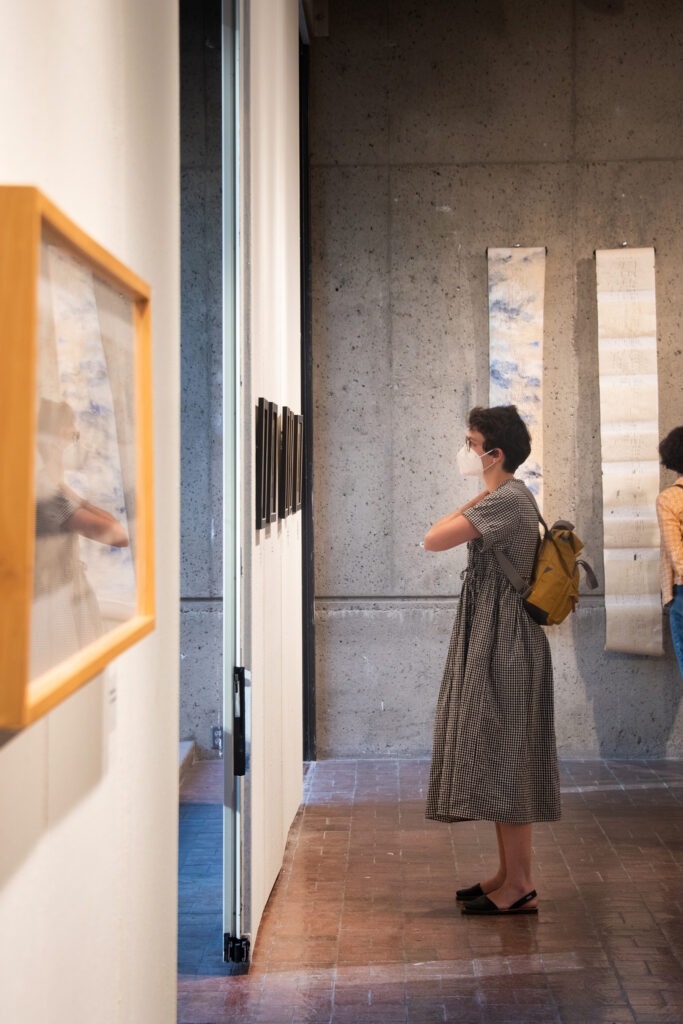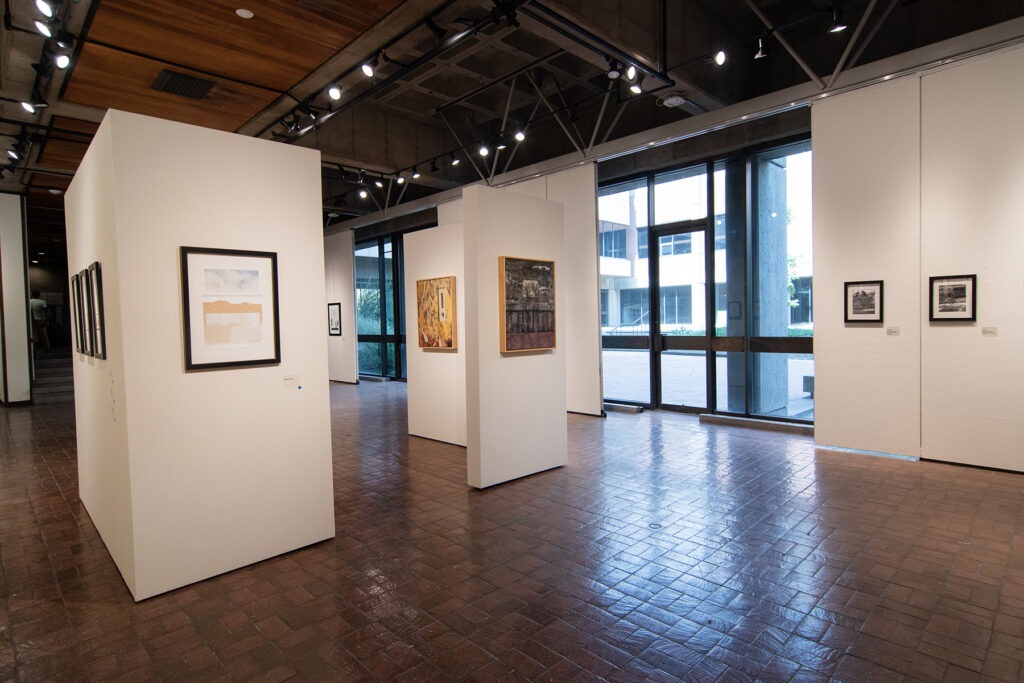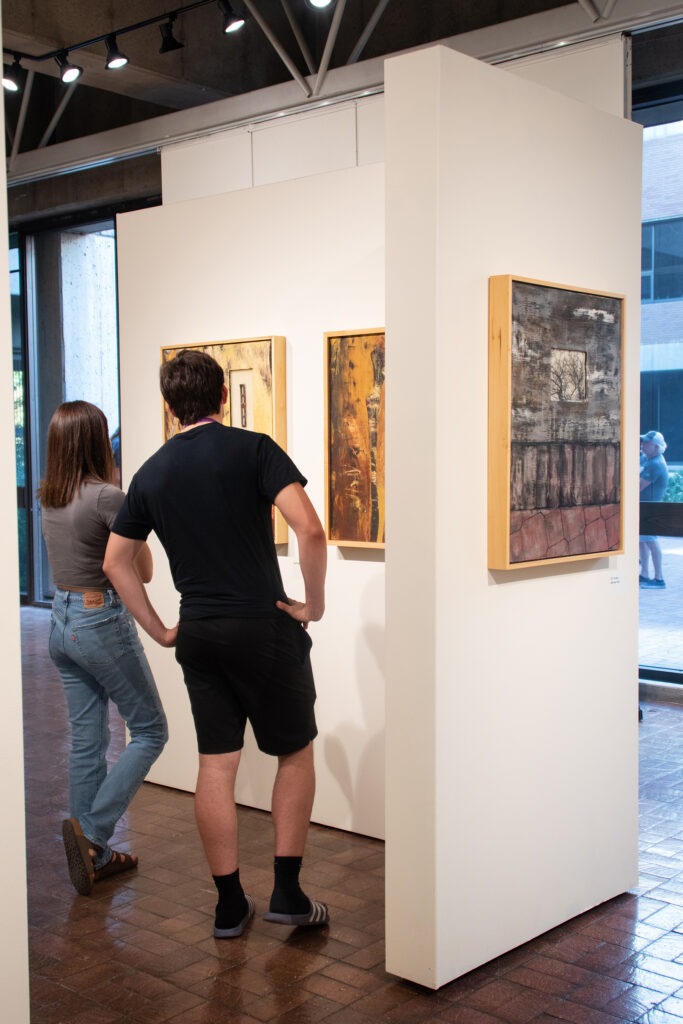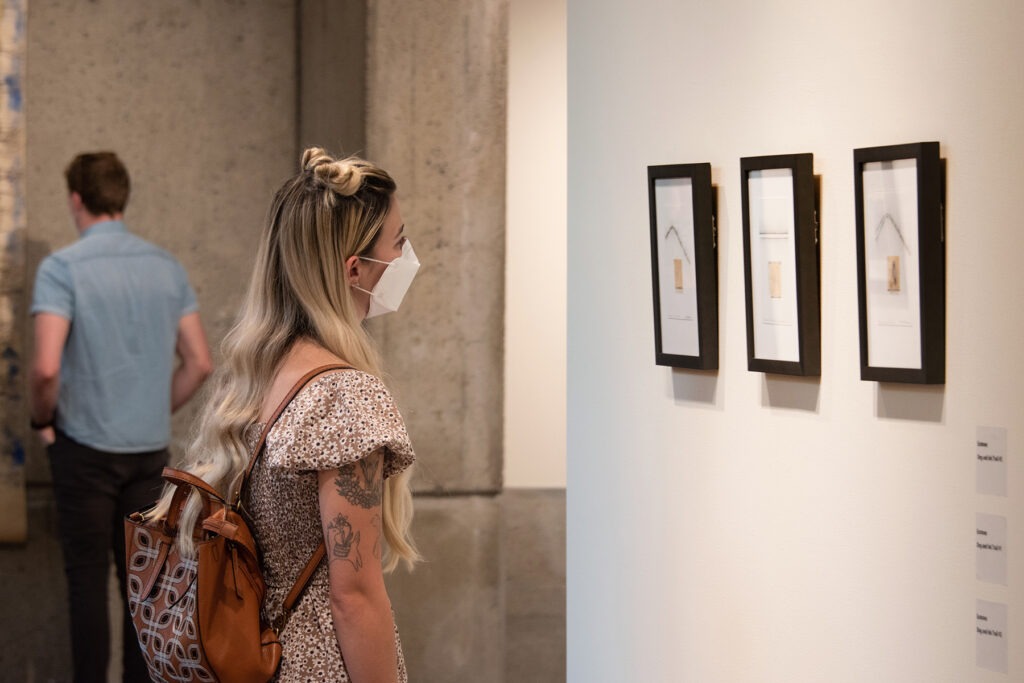Main Menu
- Home
- Programs
- Areas of Study
- Students
- Quick Information
- First Year Studio Foundations
- Forms & Resources
- Transfer Credit
- Advanced Placement (AP) and International Baccalaureate (IB) Credit
- Course Substitution
- Permission Numbers
- Scholarships & Financial Aid
- Undergraduate Advising Appointments
- Career Coaching
- Honors
- Learning Abroad
- Code of Student Rights & Responsibilities
- Safety & Wellness
- Equity, Diversity & Inclusion
- Media Release
- News
- Events
- About
- Give
Galleries
